Table of Contents
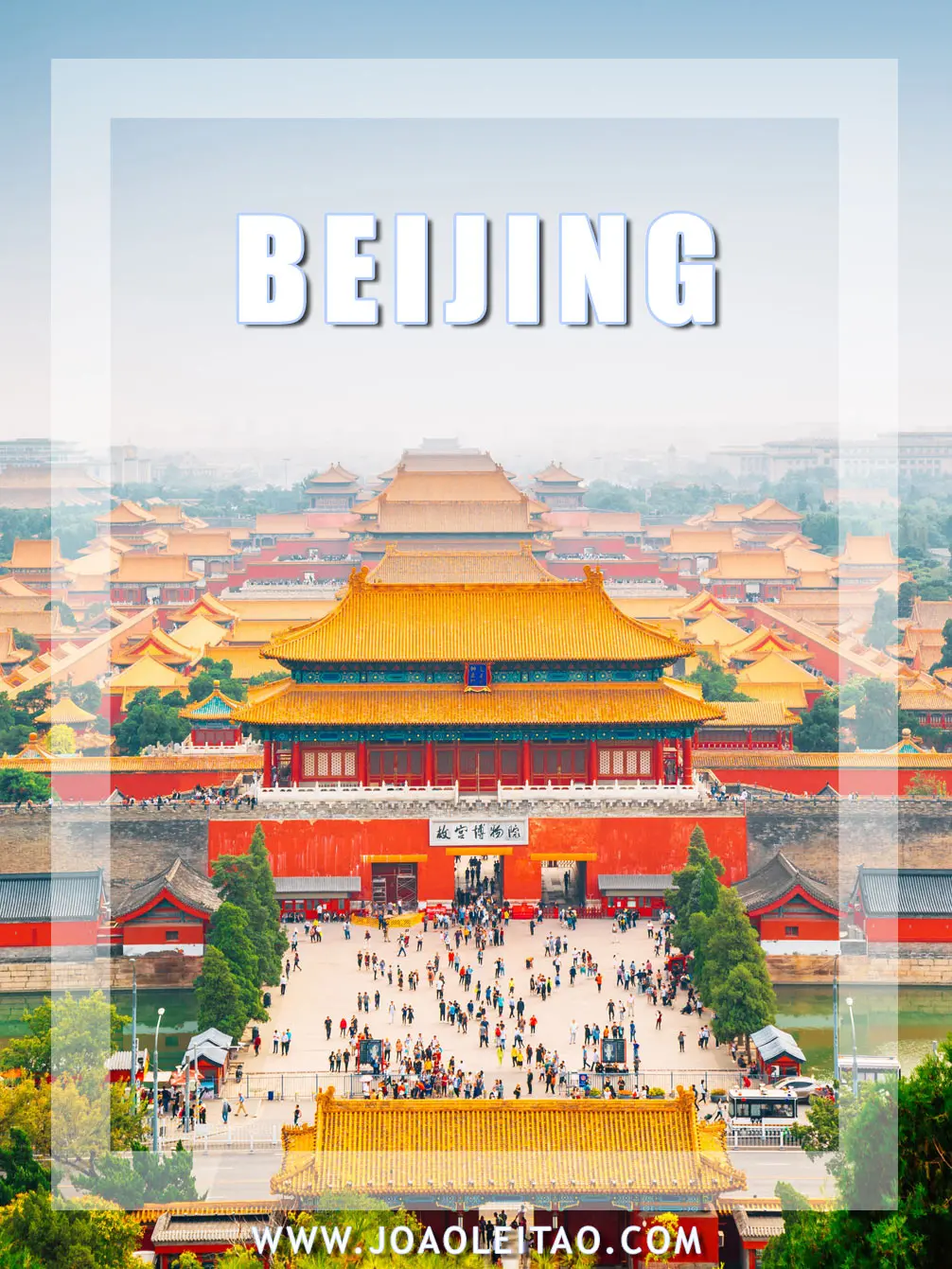
Beijing is the capital of China. This megacity is one of the most visited centers in the world and a favorite destination in Asia for many travelers. You can’t visit China and not take a trip to Beijing because you’ll be missing out on a must-visit destination.
When talking about it with friends, most of them say they’d like to visit Beijing or that they’ve already been there. Beijing is the cradle of one of the world’s most ancient civilizations and a place full of incredible monuments, most of them listed as UNESCO World Heritage Sites. On this page, I share with you a practical city guide with the best places to visit in Beijing.
China is a large country, 17 times the size of France, which means you’ll experience a variety of climates. The harsh cold winter contrasts with the smoldering heat of long summer days. In Beijing, you can experience 0 degrees Celsius in the winter and about 25 degrees Celsius in the summer.
The mix of architectural styles and monuments abound in Beijing. All of them are equally breathtaking and inspiring, a perfect combination between traditional and contemporary. In addition to the most famous places to visit in Beijing, there are plenty of Buddhist and Taoist temples to see. Beijing is one of the oldest and one of the most historical cities in the world.
Quick travel tips to visit Beijing:
- Wake up early and be the first at monuments, museums, or other tourist attractions
- During high season, book your tickets and your hotel far in advance
- Explore the countless food courts where you eat tasty and affordable meals
- Visit the famous Forbidden City
- Attend a performance at the Beijing Opera
- If you’re traveling elsewhere in China, always find a hotel close to the train stations
- Buy a good mask and use it when pollution levels are extremely high
- Visit the Imperial Tombs out of town
- Book one of the hotel tours to attend music, opera, and Kung Fu shows, which include transportation and might be cheaper than buying the tickets for each show separately
- Watch out for pickpocketers
- Travel by subway, the fastest way to get around the city
- You’ll have to spend several days in Beijing to be able to visit the most important sites. Don’t skip Tiananmen Square, the largest square in the world, where you’ll also visit the famous Mausoleum of Mao Tse Tung.
- Visiting the Forbidden City is a must, to see the famous imperial palace from the Ming Dynasty until the end of the Qing Dynasty. Don’t skip the Temple of Heaven, the Summer Palace, and the spectacular Great Wall of China.
- Two of the most famous temples to explore are the Lama Temple, an old Tibetan monastery, and the Temple of Confucius, dedicated to the renowned philosopher who influenced China.
- The center of Beijing is vast, so you need several days to explore everything on foot and see all the sites. There’s a lot to see including museums, cultural houses, temples, opera shows, palaces, avenues, etc.
- In order to
know the best time to go to Beijing, gather all the necessary information about the seasons and the best weather. - The best time for holidays in Beijing is during spring and summer. It’s best if you travel to Beijing from April to October.
- To plan and organize your trip to Beijing, first choose what you’d like to see, what you’d like to do if you prefer the warm weather or the low temperatures in the winter, and finally if you’d prefer to take advantage of the affordable prices during the low season.
I spent 10 days visiting Beijing and, despite the pollution and the bustling of this huge city, I enjoyed my time there. My trip’s highlights were exploring the amazing Great Wall of China and the Imperial Tombs of the Ming and Qing Dynasties, which you can visit on a day trip from Beijing. I loved visiting the historical sites in the city such as the famous Forbidden City, the Lama Temple, the several traditional neighborhoods known as hutongs, the Temple of Heaven, the Tiananmen Square. I attended several shows including the Beijing Opera, a Legend of Kung Fu show, dancing at the Temple of Confucius, and a ceremony at the Imperial Tombs of the Ming and Qing Dynasties.
NOTE: despite an improvement in public transportation, the restricted use of vehicles, and the shutdown of factories, air pollution and traffic jams are still a huge problem in the city. Besides pollution, the quality of air in Beijing is also affected by sand storms and humidity, which leads to smog during the summer, the most polluted time of year. In one of my visits to Beijing, there was a red alert and people were advised to stay at home. I had to wear a mask to visit some of the places in the city.
Beijing Top 5
Forbidden City
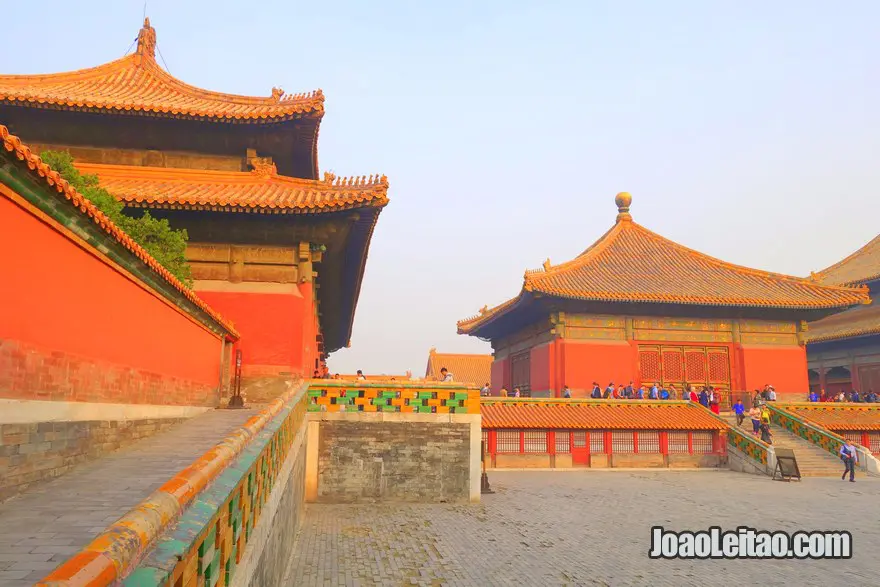
Great Wall of China
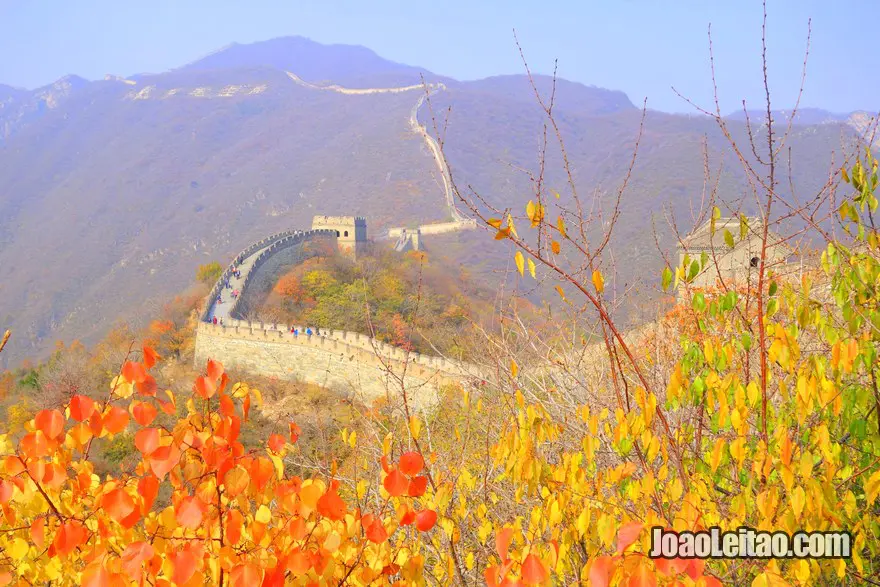
Tiananmen Square
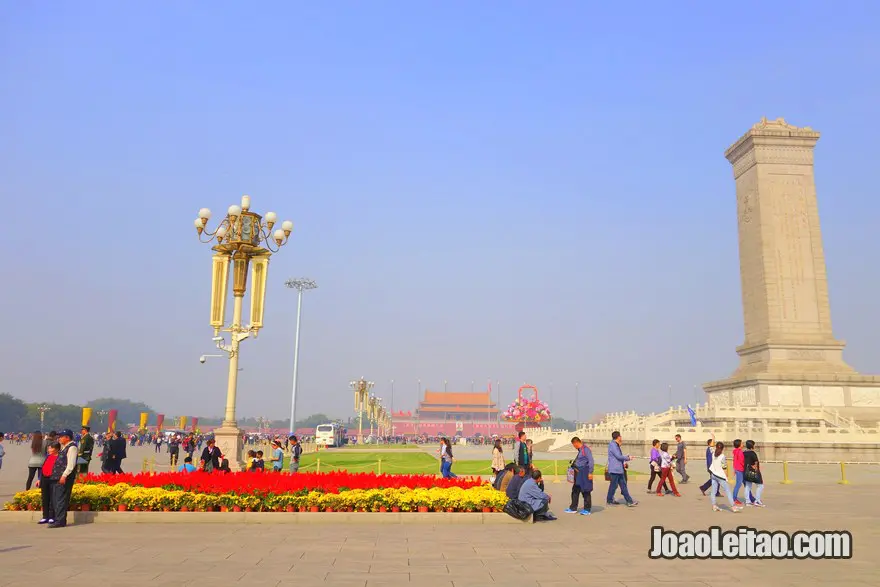
Temple of Heaven
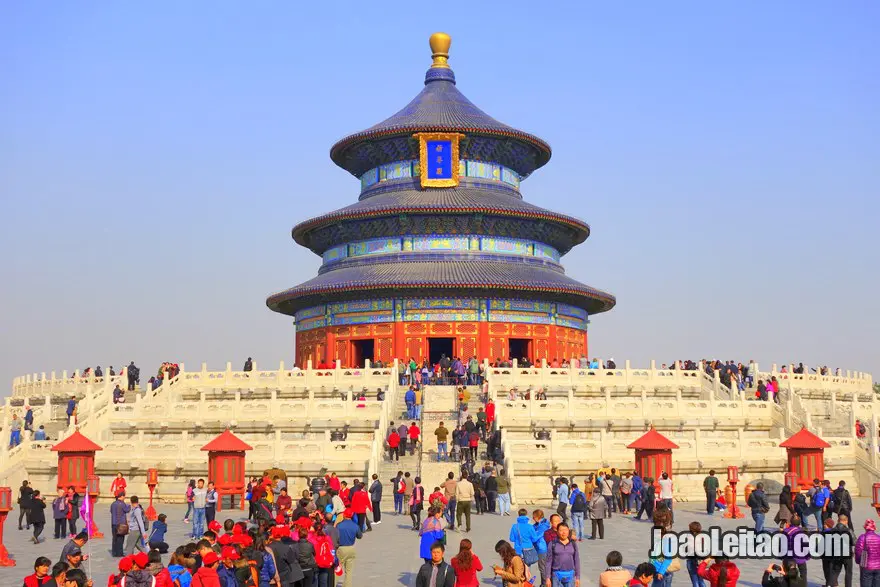
Hutongs
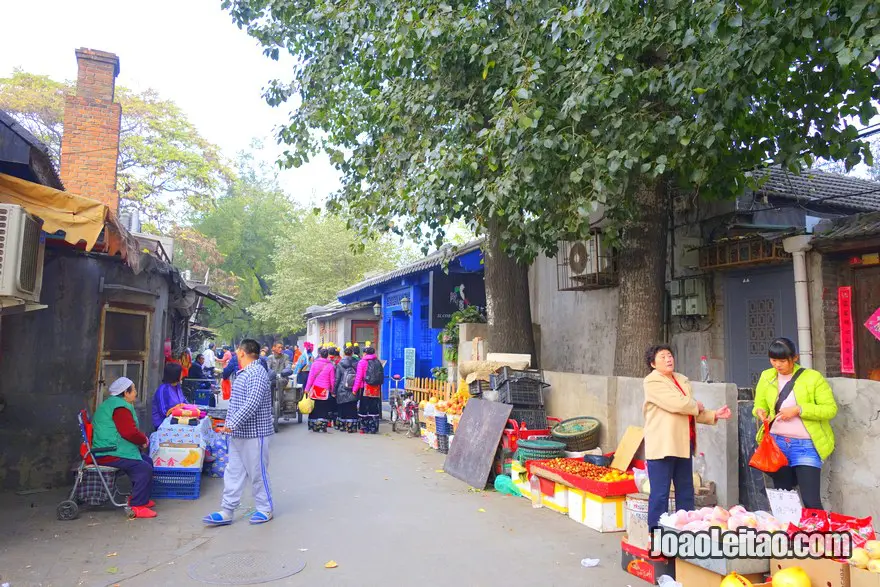
What to visit in Beijing
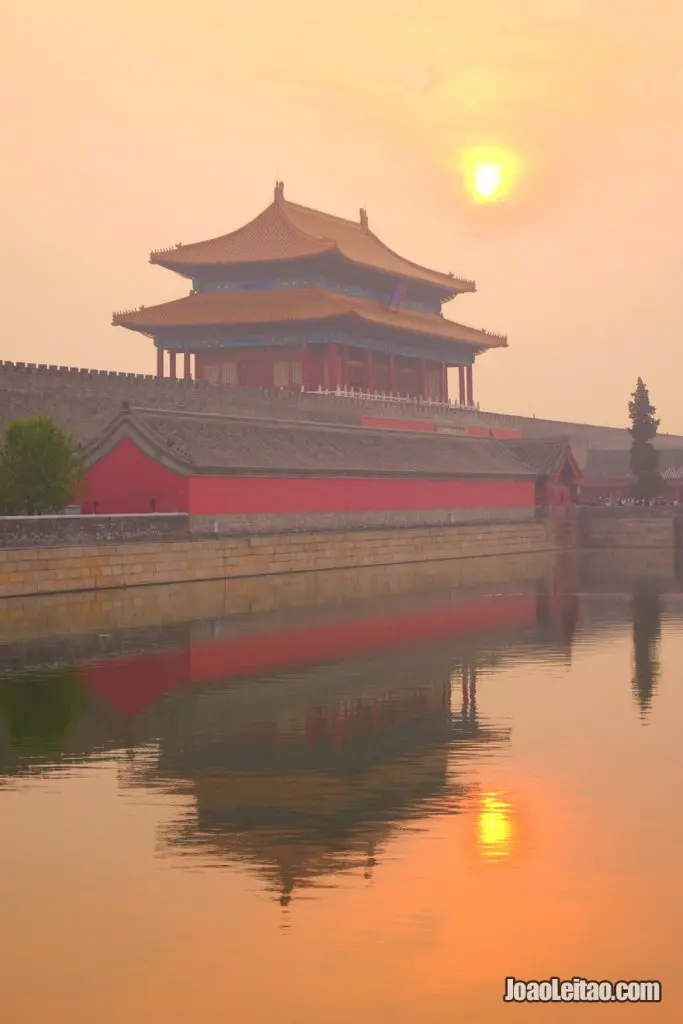
Most famous sites
- Forbidden City
- Yiheyuan Summer Palace
- Tiananmen Square
- Temple of Confucius
- Yonghe Lama Temple
- Temple of Heaven
- Imperial Tombs of the Ming and Qing Dynasties
- Drum Tower
- Bell Tower
- Beijing Hutongs
- President Mao Memorial Hall
- Wangfujing Avenue
- Panjiayuan tea market
- National Museum of China
- Shichahai Lake
- The Great Wall of China
- Xu Beihong Museum
- House Museum of poet Lao She
- Ruins of the Old Summer Palace
- Jingshan – Coal Hill
- Beijing Opera
- House Museum Mei Lanfang
- Donghuamen Night Market
- Beijing Ancient Observatory
- Dongyue – Temple of Mount Tai
Map of Attractions
Tours in Beijing
Beijing City Guide
Forbidden City

Without a doubt, this place is the heart of China. No one can visit Beijing and not go to the legendary Forbidden City where the famous Imperial Palace is. In the center of Beijing, this is the largest traditional architecture complex in China. The Forbidden City, a UNESCO World Heritage Site, has the largest collection of preserved wooden structures in the world.
Yiheyuan Summer Palace
A UNESCO World Heritage Site, the Summer Palace is a unique architectural monument. Sprawling over 290 hectares, this complex has over 3,000 buildings and close to half a million trees.
Tiananmen Square
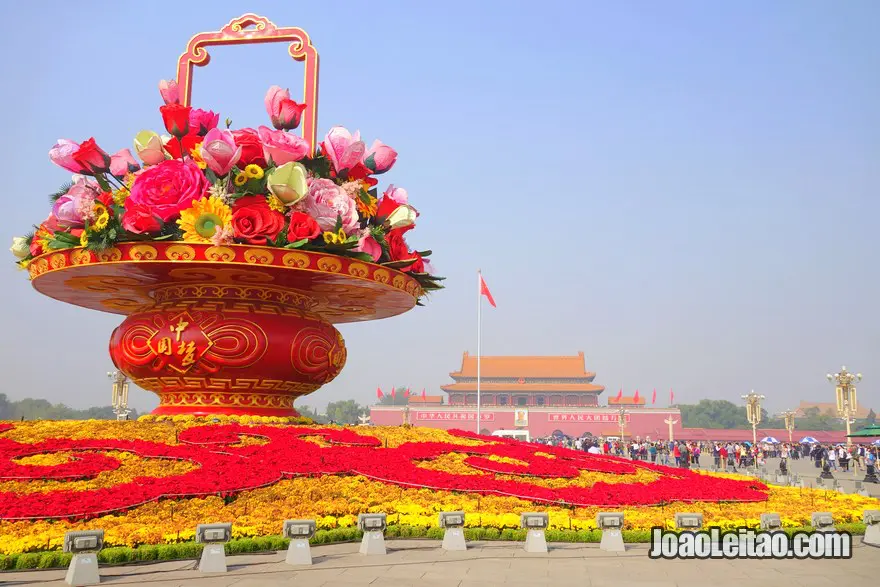
Tiananmen Square is the largest square in the world spreading over 440,000 square meters. Located south of the Forbidden City, the square is the center of China’s 20th-century political History. On this site, Mao Tse Tung, the Chinese politician, theorist, communist leader, and revolutionary, proclaimed the People’s Republic of China on 11 October 1949.
Temple of Confucius
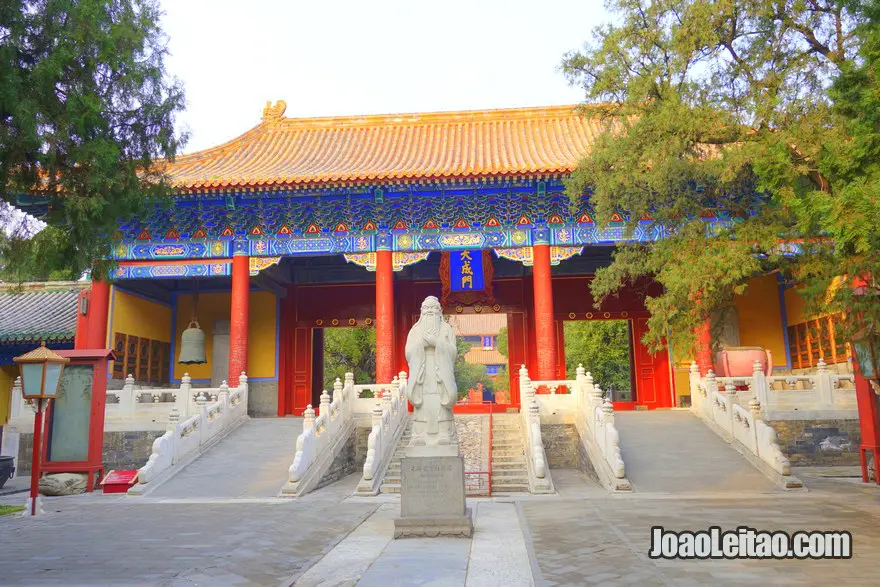
Built in 1302 during the kingdom of Chengzong of the Yuan Dynasty, the famous Temple of Confucius is the second largest temple of its kind in China. Confucius lived in the 6th century BC and dedicated himself to teaching philosophy, classical texts, and the art of thinking.
Yonghe Lama Temple
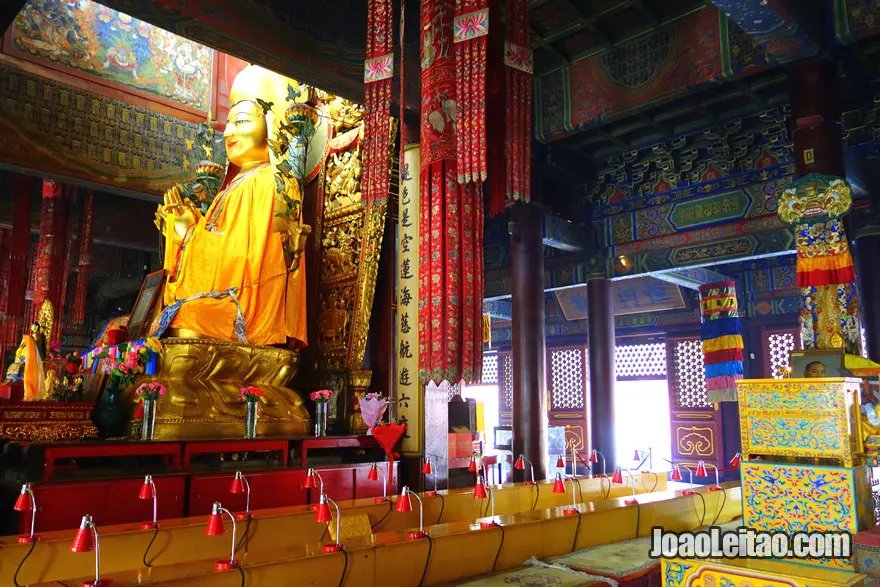
The Yonghe Lamasery Temple, which translates into the Palace of Peace and Harmony, is the largest and most important Tibetan Buddhist monastery in Beijing. Located on the northeast side of the city, the temple was built in 1694 and was originally the residence of the prince, the future Emperor Yongzheng.
Temple of Heaven
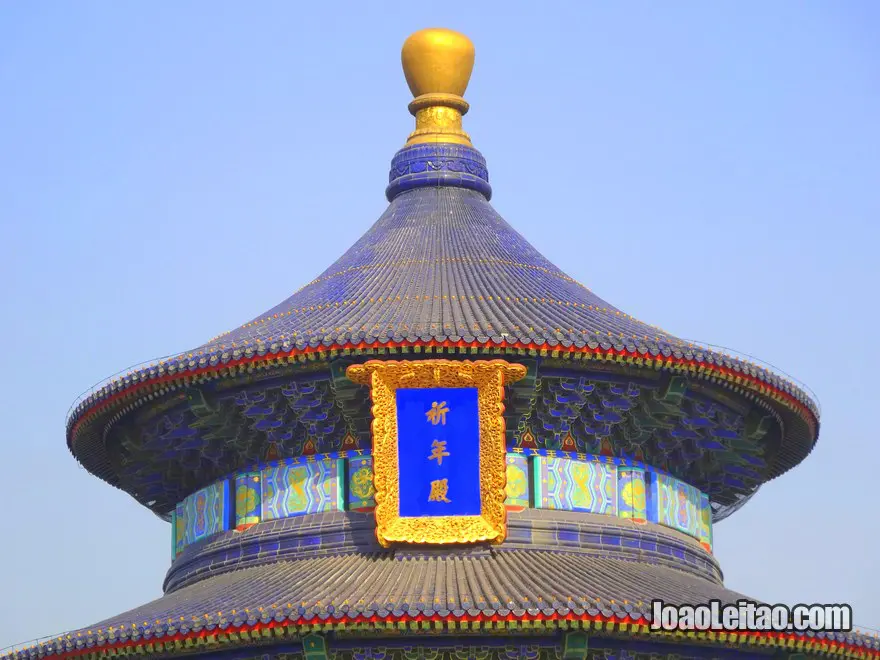
A UNESCO World Heritage Site, the Temple of Heaven is an architectural complex that includes several temples with the symbolic goal to unite heaven and earth, the human universe with the divine universe. This place is astonishing and one of the most impressive ones I’ve ever seen. It was one of my favorite sites in the city.
Imperial Tombs of the Ming and Qing Dynasties
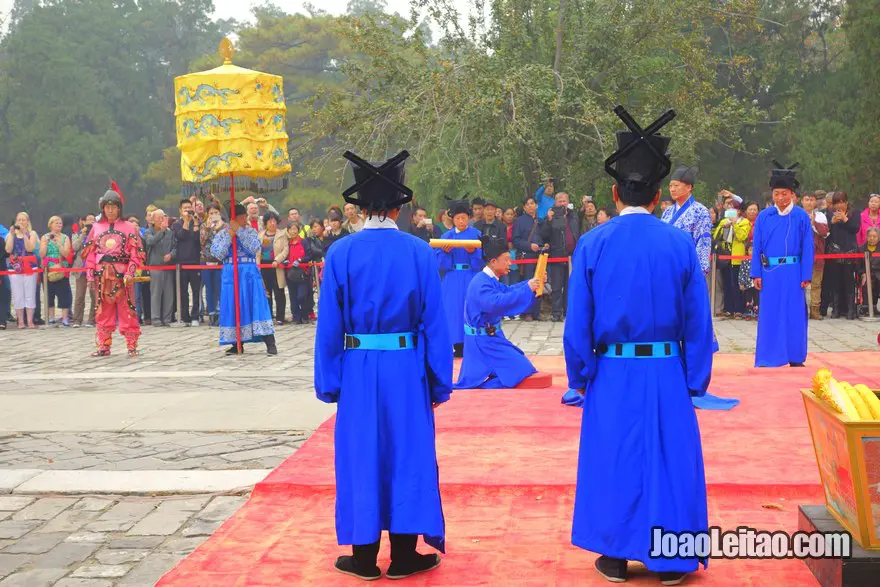
You can visit the several Imperial Tombs of the Ming and Qing Dynasties, a UNESCO World Heritage Site, on a day trip from Beijing. I visited the two most important tombs, Changling and Dingling.
Drum Tower
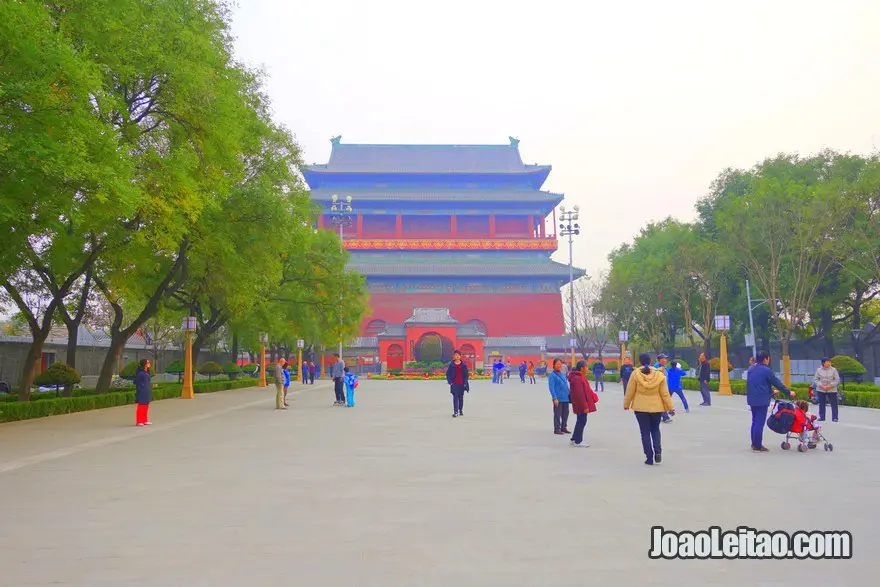
Built in 1273 in the center of Dadu by general Kublai Khan, the fifth Great Khan of the Mongolian Empire. The Drum Tower is one of the oldest buildings in Beijing, and it was rebuilt by emperor Yongle in 1420. The purpose of this 47-meter tall tower was to tell the time with its 24 small cylinders and a huge drum.
Bell Tower

The Zhonglou Tower is 48 meters high and it was built in the 15th century during the Ming Dynasty. After a fire destroyed it, Emperor Qianlong had it rebuilt with bricks in 1747 to prevent future fires.
Beijing Hutongs

These are the traditional Chinese neighborhoods where you can see a different part of Beijing’s contemporary side. Here you’ll see a bit of the locals’ daily routines at what resemble villages built in traditional Chinese style. Although most of the hutongs were destroyed, there are several conservation policies in place to preserve these places for their historical, social, and touristic relevance.
President Mao Memorial Hall
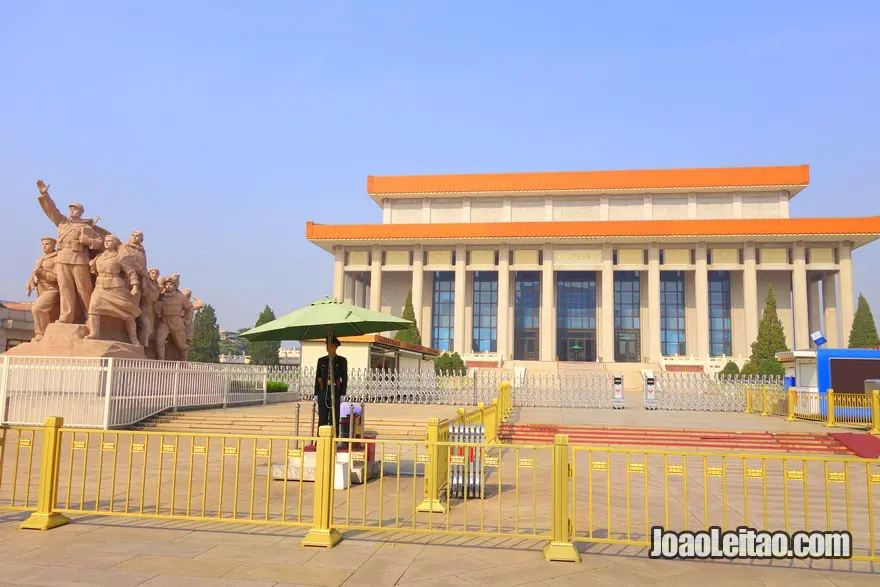
The leader of the Chinese Communist Party and the Chinese revolution, Mao Tse Tung died in 1976 at the age of 83. He was laid to rest in an impressive mausoleum in the middle of Tiananmen Square. Although Mao wanted to be cremated, his body was embalmed and laid to rest here.
Wangfujing Avenue
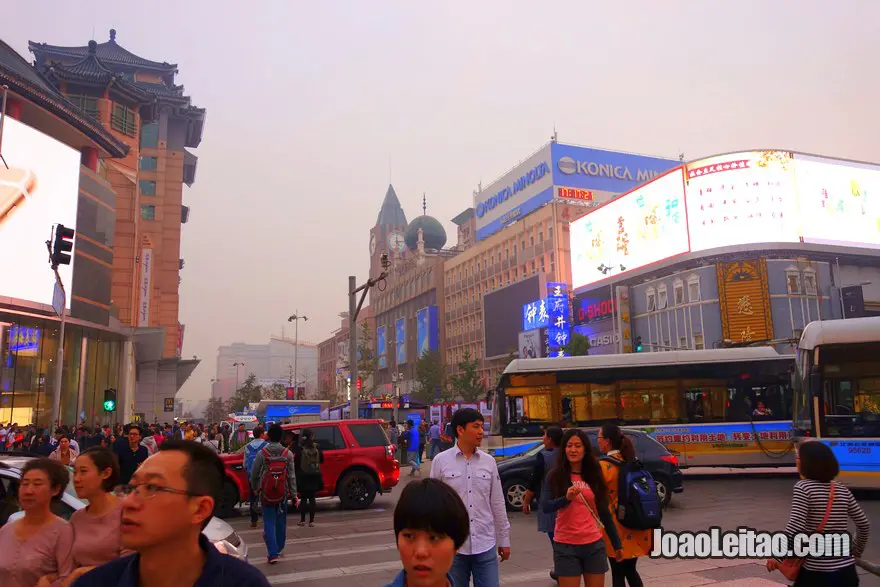
In the heart of the Dongcheng neighborhood, 10 minutes walking distance from Tiananmen Square, Wangfujing Avenue is a famous street full of shops, restaurants, and shopping malls. Wangfujing is worth a visit for those who like shopping and enjoy crowded and busy streets.
Panjiayuan Market
With over 3,000 stalls, the Panjiayuan market on the southeast side of Beijing is the largest antique market in Asia. The market used to be illegal, but that was resolved in 1995 when it became legal. It’s the best place for those who wish to buy or deal in ancient art.
Shichahai Lake
At the heart of a historic neighborhood in the city, Shichahai Lake connects Beijing to Hangzhou. The lake is actually made of three lakes: Qianhai, Houhai, and Xihai. Must-sees around the lakes include several hutongs, boat tours, and street performers.
Ruins of the Old Summer Palace
The Yuanmingyuan Garden was built in 1707 during the kingdom of Emperor Kangxi of the Qing Dynasty. The old summer imperial palace was expanded after that by several emperors. This palace was the summer home of the emperor, his family, and his entourage.
Jingshan – Coal Hill
The Mount of 10,000 years is north of the Forbidden City. This park, 108 meters high, has a magnificent 360-degree view over the city. This artificial hill was built in 1420 with the dirt removed from the moat they were building around the Imperial City.
The Great Wall of China
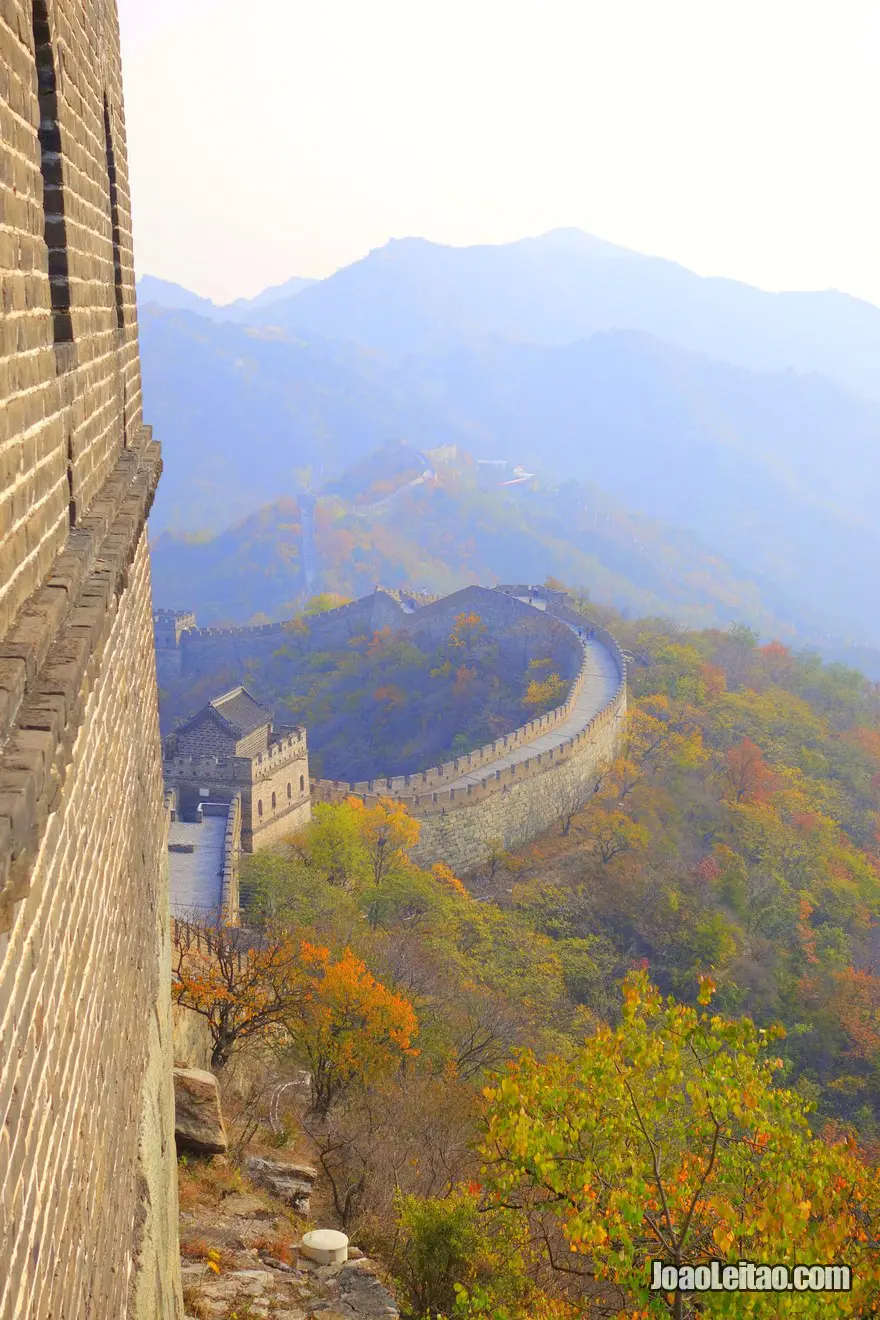
This is the largest humanmade structure when it comes to length, surface, and mass. The Great Wall of China is legendary worldwide. There are different sections to visit the wall, and I personally chose Mutianyu about 70 km north of Beijing. I loved seeing this construction and amazing architecture. You have to walk a lot atop the wall, but the views are breathtaking. This is one of the best-preserved sections of the wall, used to defend the capital and the royal tombs. The Great Wall of China is a UNESCO World Heritage Site.
Beijing Opera
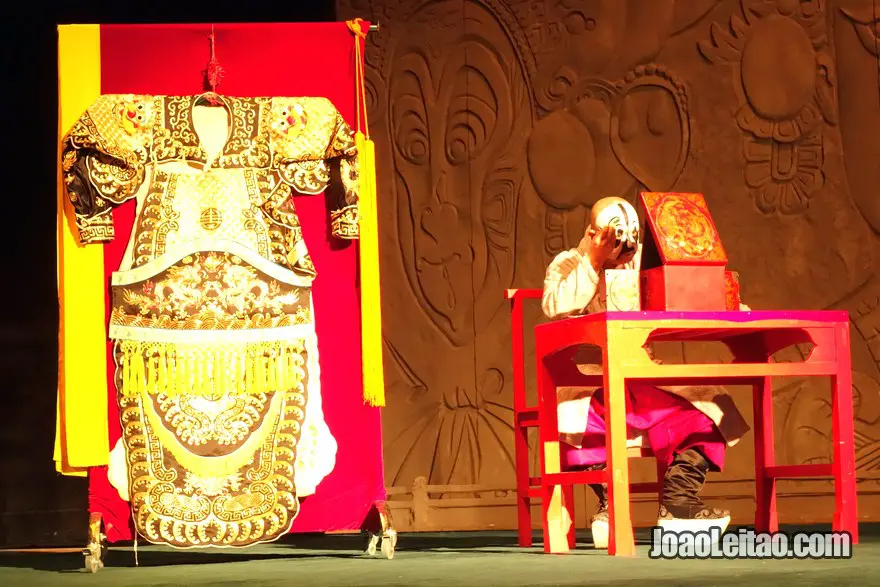
A fabulous show that combines music, theater, and gorgeous costumes. The Chinese operas are based on the country’s history and Chinese folklore. On stage, dozens of actors, singers, dancers, clowns, and acrobats act through impressive gestures and dramatic facial expressions. The Beijing Opera is famous and I made the time to attend one of these shows. Don’t miss it.
Donghuamen Night Market
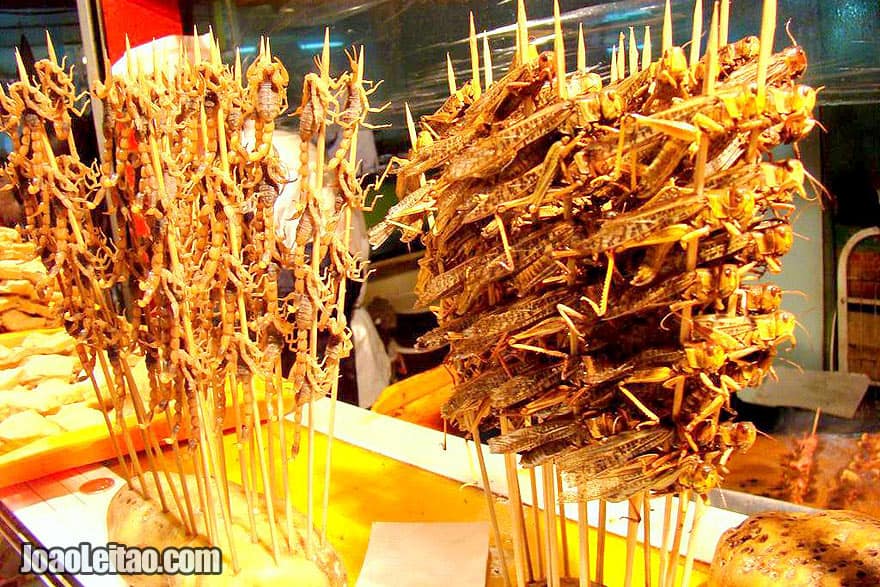
For lovers of markets and strange places, you can’t skip the Mei Shi fang Yeshi at the Donghuamen, especially if you’re an adventurous traveler. The several delicacies at this street food market include scorpion skewers, starfish, silkworms, sea horses, cockroaches, etc.
Beijing Ancient Observatory
This pre-telescopic astronomy observatory, almost 40 meters high, was built in 1442 by the scientists of the Ming Dynasty court. It’s a very interesting site.
Museums in Beijing

National Museum of China
In addition to an impressive collection, here you can see the book “Quotes from President Mao Tse Tung,” best known as “The Red Book.” It was published by the government of the People’s Republic of China in 1966. Lin Biao, the Minister of Defense and the head of the army, organized the distribution. You can see several documents with Mao Tse Tung’s quotes in an interesting historical exhibition at the museum.
Xu Beihong Museum
In a beautiful modern building north of the Shichahai Lake in Beijing, this museum showcases the work of Xu Beihong, one of the most famous Chinese painters of the 20th century. The museum has seven exhibition rooms with Xu Beihong’s oil paintings, gouache paintings, studies, and personal objects.
House Museum of poet Lao She
The house of poet Lao She, in the Dongcheng hutong east of Beijing, became a museum in 1999. It’s a serene place where you can explore the house of one of the most famous Chinese poets.
House Museum Mei Lanfang
This is the house of the renowned Beijing Opera artist Mei Lanfang. Mei Lanfang specialized in female roles and he’s a hero of the Chinese culture. The museum showcases memorabilia and personal items from the artist.
Accommodation
Cote Cour Beijing Hotel
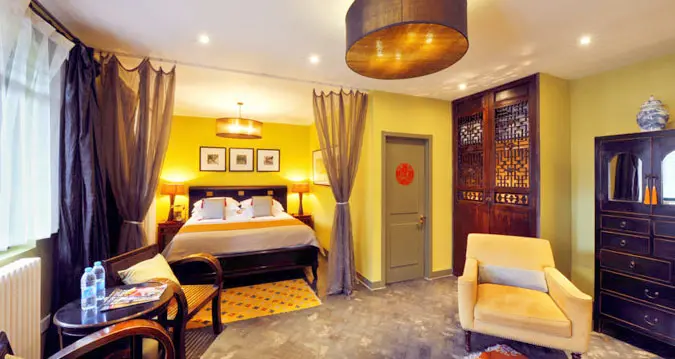
Rates: The rates for a double room range from 121€ to 206€.
Cote Cour Beijing Hotel Contacts
- Address: No.70 Yanle Hutong, Dongcheng, 100010 Beijing
- Telephone: +86 10 6523 9598
- Booking: Cote Cour Beijing Hotel
Beijing City Central Youth Hotel
Hotel in a great location, right in front of Beijing’s central train station, surrounded by restaurants and public transportation. I stayed in this hotel during my 10-day trip to Beijing. It’s a simple hotel, but it was good enough for me.
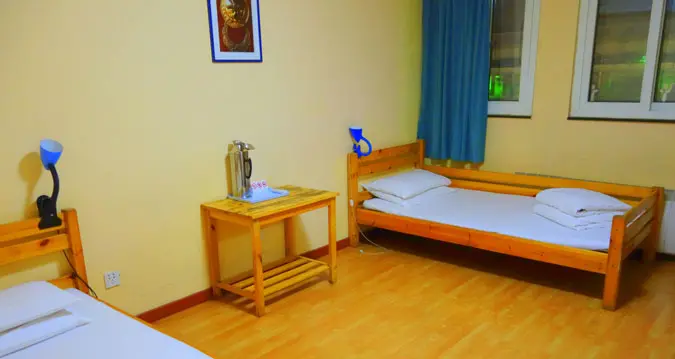
Rates: The rates for a double room range from 23€ to 44€.
Beijing City Central Youth Hotel Contacts
- Address: No.1-5 Beijingzhan West Street, Dongcheng, 100005 Beijing
- Telephone: +86 10 8511 5050
- Booking: Beijing City Central Youth Hotel
Wang Fu Jing Jade Hotel
Simple hotel but well located inside the Dongcheng hutong. It has several room types at affordable prices.
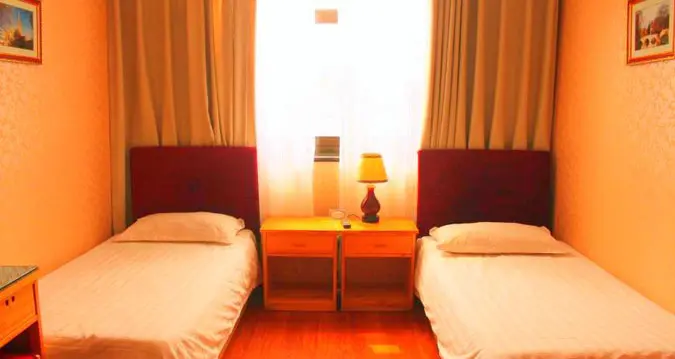
Rates: The rates for a double room range from 19€ to 39€. A bed in a mixed dorm room with four beds and a private bathroom costs 7€.
Wang Fu Jing Jade Hotel Contacts
- Address: No.102 Nanchizi Main Street, Dongcheng, 100006 Beijing
- Telephone: +86 10 6525 9966
- Booking: Wang Fu Jing Jade Hotel
Festivals and National Holidays
- 1 January – New Year’s
- First three days of the first lunar month – Chinese New Year
- 8 March – International Women’s Day
- 12 March – Arbor Day
- 4 or 5 April – Qingming Festival
- 1 May – Labor Day
- 4 May – Youth Day
- 12 May – International Nurses Day
- 1 June – International Children’s Day
- The fifth day of the fifth lunar month – Dragon Boat Festival
- 1 July – CPC Founding Day
- 10 September – Teacher’s Day
- 15 August – Moon Festival
- 1 October – National Day
- 8 November – Journalists’ Day
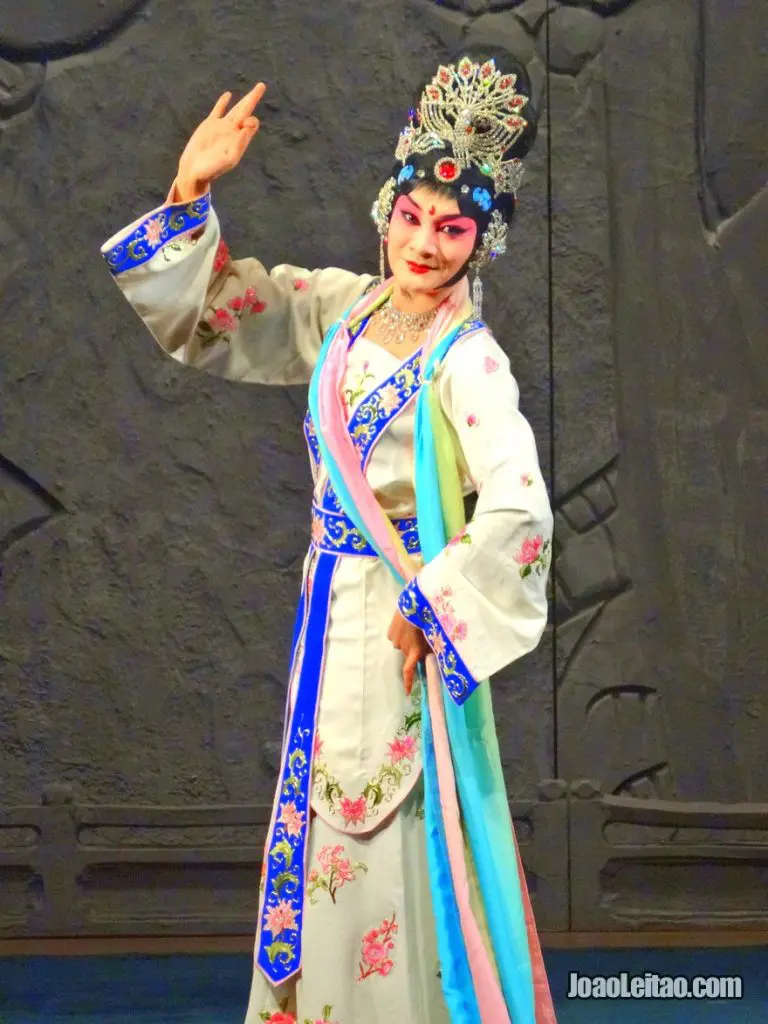
72-hour visa-free transit at the airport
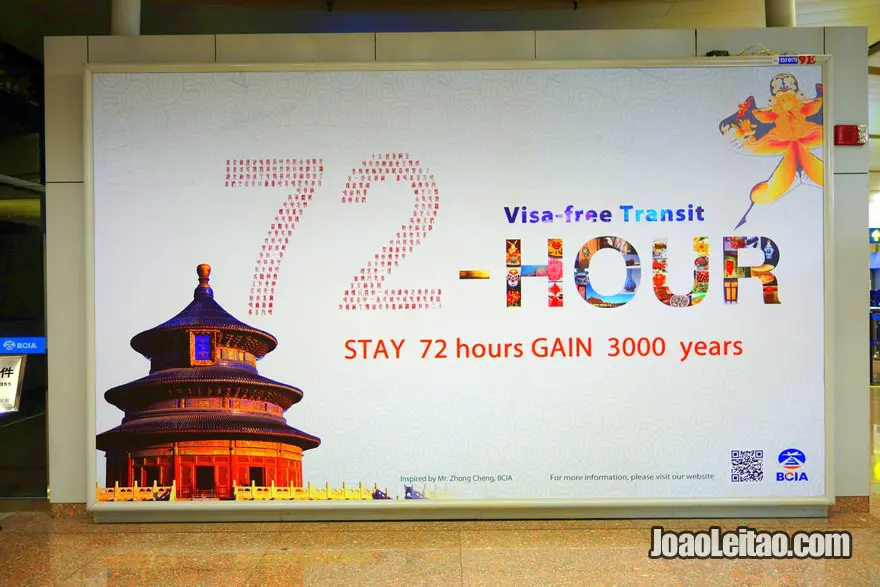
Do you have a layover at the Beijing International Airport? Why not take the chance and spend three days in Beijing without needing to apply for a visa to China?
Since 2013, Beijing and Shanghai authorities have a “FREE VISA” policy that allows passengers from 45 countries of the world, to stay in the country without a visa for up to 72 hours. The goal is to allow international tourists to stay for shorter periods in Beijing and Shanghai (please keep in mind you can’t travel outside these two cities). This has increased the 3-day stay in Beijing by travelers who just used the airport for a layover.
Documents needed:
- A valid plane ticket. The 72-hour period starts from the moment you get the visa, not from the moment your plane arrives. Anyway, my advice is don’t take risks and have a ticket that’s valid for precisely 72 hours from the moment you arrive at the airport.
- An entry visa for the country you’re visiting next. This means that if you need a visa to visit the country where you’re traveling to from Beijing, you need to have it already issued on your passport.
- To request for a transit visa at the check-in counter of your previous flight. The airline will take care of all the necessary formalities to help you with this process once you arrive in Beijing.
- To go through customs like all other passengers when you arrive in Beijing.
- To register at a police station with your visa-free transit permission within 24 hours after your arrival. This is usually done by your hotel but check with them in advance if they provide this service.
72-Hour Visa-Free Transit Restrictions:
- Only passengers with a layover at the international airports of Beijing and Shanghai on the way to a third country can request this visa. For example, you can’t book a flight Beijing — Hong Kong (or Macau) — Beijing to require this visa.
- During those 72 hours, visitors can’t leave Beijing and travel to other cities.
List of countries included in the 72-Hour Visa-Free Transit: Argentina, Australia, Austria, Belgium, Brazil, Brunei, Bulgaria, Canada, Chile, Cyprus, Czech Republic, Denmark, Estonia, Finland, France, Germany, Greece, Hungary, Iceland, Ireland, Italy, Japan, Latvia, Lithuania, Luxembourg, Malta, Mexico, Holland, New Zealand, Poland, Portugal, Qatar, Romania, Russia, Singapore, Slovakia, Slovenia, South Korea, Spain, Sweden, Switzerland, United Arab Emirates, Ukraine, United Kingdom, United States of America.
3 days in Beijing
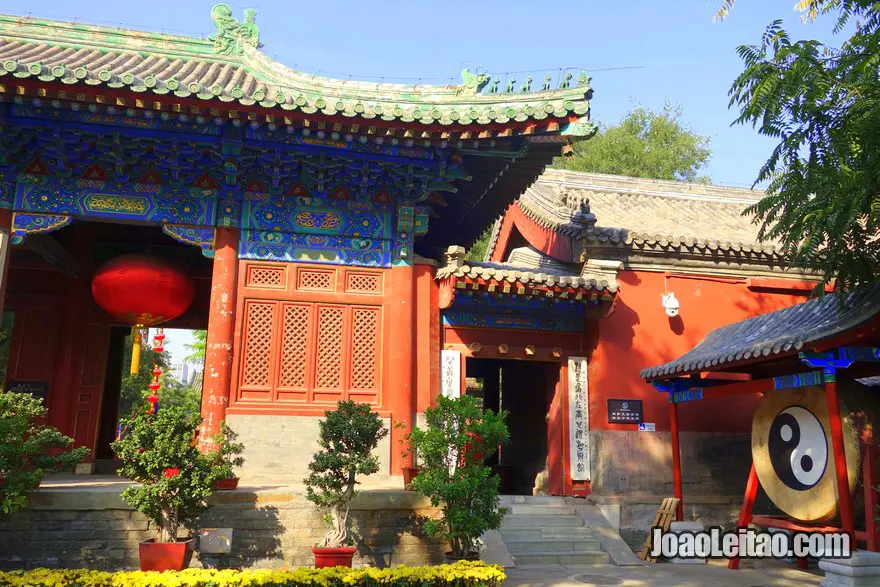
Day 1: Arrival in Beijing. Get to your hotel and leave your bags. Book a hotel in the city center, so you don’t waste time on public transportation. Visit Tiananmen Square, the largest public square in the world. Explore the Forbidden City, the residence of 24 Chinese emperors over 491 years. After exiting through the Gate of Divine Might, go to Jingshan Park from where you’ll have a 360-degree view of the city. Have lunch at the Dongcheng hutong neighborhood where you’ll find many restaurants and street food stalls. Explore the Nanluoguxiang street with over 1 km of shops and cafes. Travel across Dongcheng to the Temple of Confucius where there’s a dance show every 45 minutes. There you can see the rooms with hundreds of stones engraved with the teachings of Confucius. Further ahead, visit the fabulous Lama Temple, the largest Tibetan temple outside Tibet. Get back to the hotel, have a shower, and dine. Attend a show at the Beijing Opera.
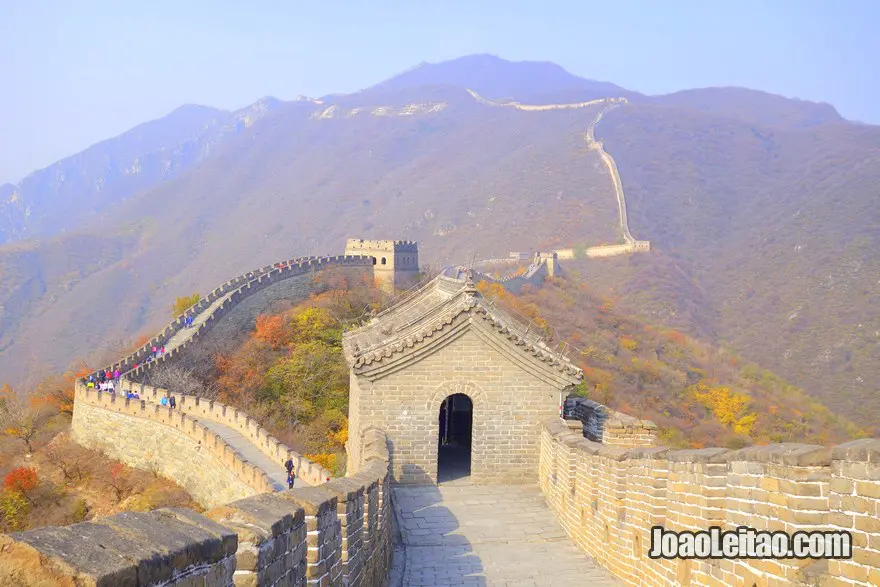
Day 2: Visit the fabulous Great Wall of China in Mutianyu. To reach Mutianyu, you must take a bus because the walls are about 70 km from the center of Beijing. After buying the ticket for the walls, take the bus that will drop you off near the place where you’ll start climbing. That will save you a lot of time. At the Mutianyu section of the walls, go up in the cable car and return on foot, coming down the grand staircase. Take water and food for a picnic on the wall. This was one of my favorite sites on my trip to China. In the evening, attend a show performed by Shaolin warriors.
How to reach Mutianyu: catch bus number 936 at Dongzhimen Wai station to the Great Wall in Mutianyu. Buses leave every hour from 7:00 am to 3:00 pm. The last bus departing Mutianyu to the Dongzhimen Wai station leaves at 5:30 pm. A one-way ticket costs 16RMB. There are many buses with the number 936, so make sure you get the one going to Mutianyu. There are some ladies selling fake tickets or telling you to get on the wrong bus, so be careful.
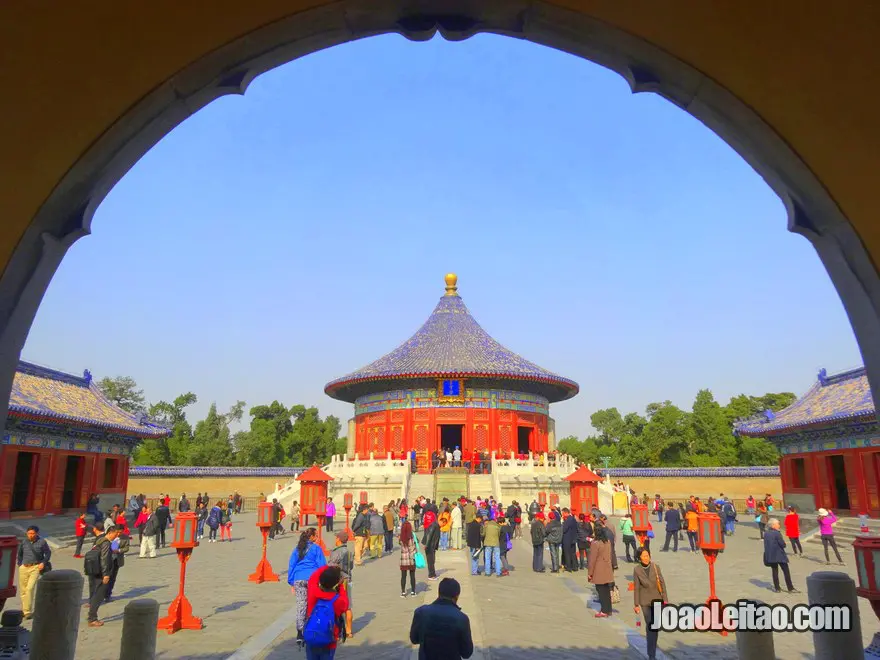
Day 3: in the morning, before going to the airport, visit the complex of the Temple of Heaven, where emperors attended yearly ceremonies to pray for a good harvest. This is a gorgeous place and worth the visit. Get back to the hotel and go to the airport or catch the night train to another Chinese city.
5 days in Beijing
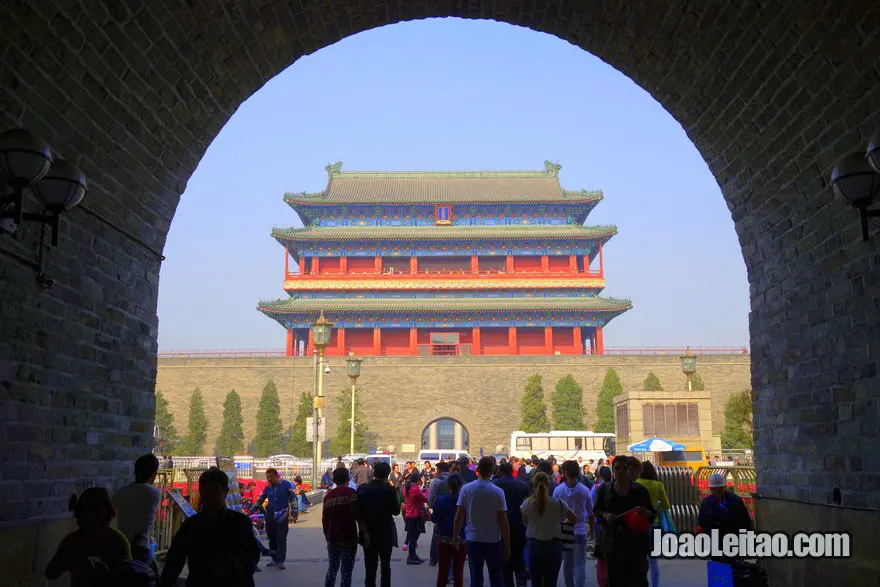
In Beijing, you’ll see the finest examples of Chinese culture and the country’s brilliant History of over 5000 years. With a five-day itinerary in Beijing, you’ll be able to visit some of the best-known sites in the city and the outskirts, including the Forbidden City, the Temple of Heaven, and the Great Wall of China that’s become the symbol of the country all over the world.
Day 1: Arrival in Beijing. Take the rest of the day off to relax at the hotel and recover from a long flight and jet lag. Recharge, so you have the energy to explore the city in the upcoming days.
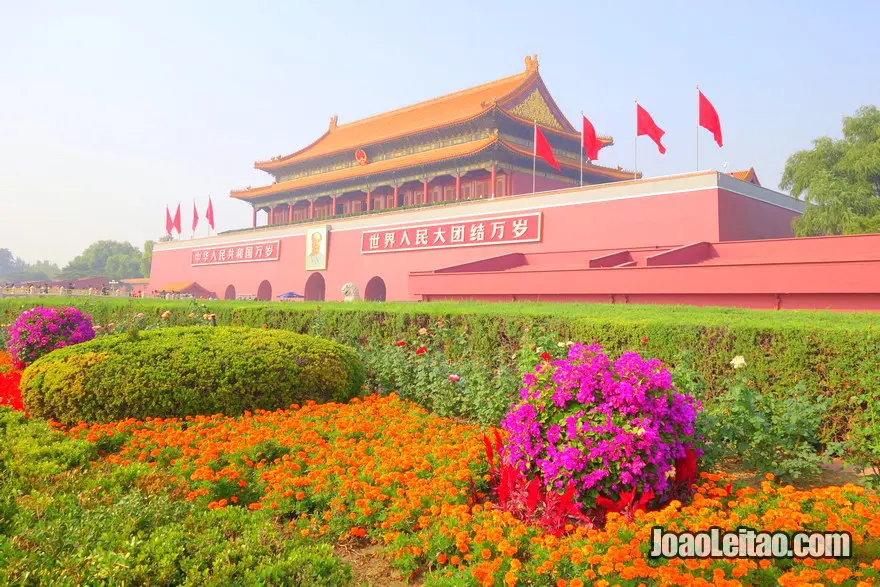
Day 2: On this day you’ll visit some of the most important landmarks in the city. Tiananmen Square is the largest public square in the world and a source of natural pride. Tiananmen is in front of the Forbidden City, where you’ll go next. This was the palace of 24 emperors of the Ming and Qing Dynasties. After lunch, go to the complex of the Temple of Heaven, the place where emperors went every year for religious ceremonies and to pray for good harvests. At the end of the day, go to Jingshan Park. It’s the perfect place to see the sunset and a beautiful 360-degree view of the Forbidden City. If you have the time, before going to Tiananmen Square, visit the fantastic Dongcheng hutong, a traditional Chinese neighborhood. I spent some time there walking around and seeing some of the monuments and street markets.
Day 3: Visit the fabulous Great Wall of China in Mutianyu. To reach Mutianyu, you must take a bus because the walls are about 70 km from the center of Beijing. After buying the ticket for the walls, take the bus that will drop you off near the place from where you’ll start climbing. That will save you a lot of time. At the Mutianyu section of the walls, go up in the cable car and return on foot, coming down the grand staircase. Take water and food for a picnic on the wall. This was one of my favorite sites on my trip to China. In the evening, attend a show performed by Shaolin warriors.
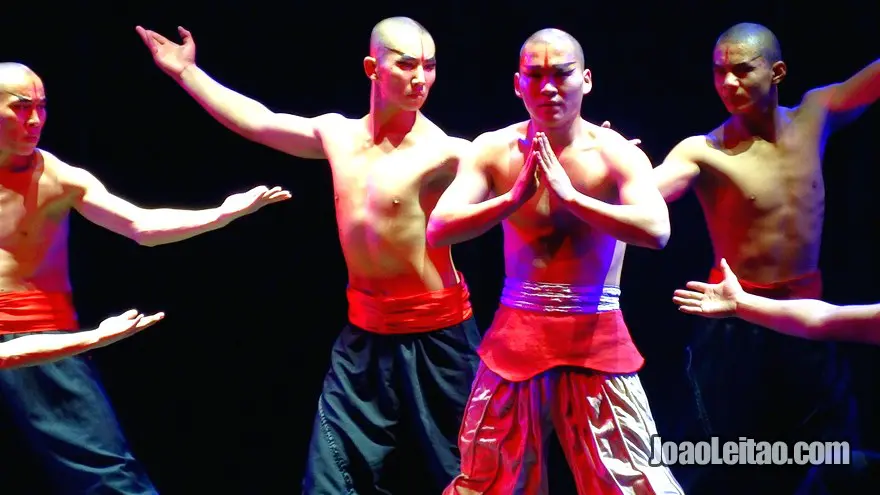
Day 4: In the morning, you’ll visit the Imperial Tombs of the Ming and Qing Dynasties, in the suburbs of Beijing. They’re organized according to the principles of Feng Shui. Explore the majestic buildings and see the coffins of the emperors, empresses, and concubines, and an exhibition of valuable objects found in the tombs. You’ll need a few hours to visit all of it and you need some time to get there by bus. You’ll see the tombs of Emperor Yongle, called Changling, the tomb of Emperor Wanli, called Dingling, and the tomb of Zhuzaihou, called Shaolin. At night, after going to the hotel and having dinner somewhere, attend a Kung Fu Shaolin show.
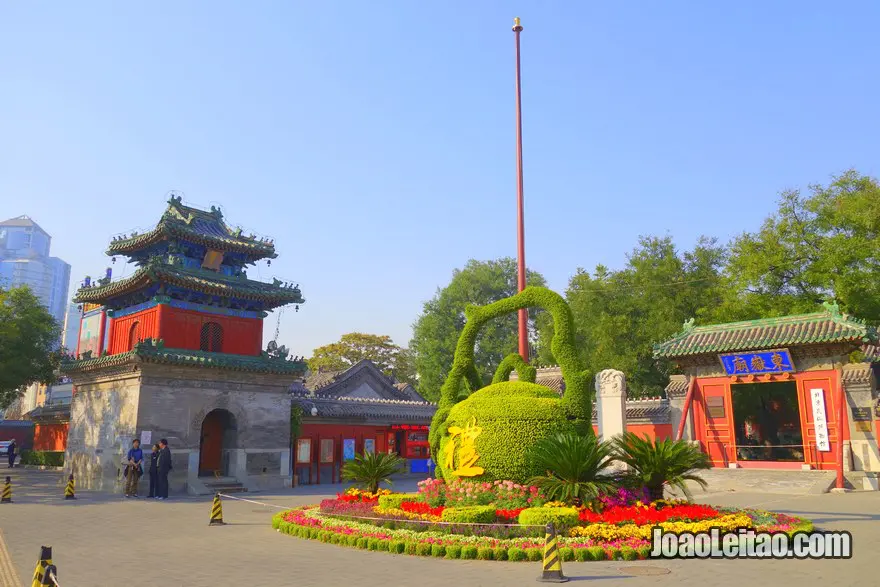
Day 5: On this day you’ll visit the Summer Palace, famous for its imperial garden. Explore the Temple of Confucius and visit the beautiful Lama Temple, the largest Tibetan Buddhist temple outside Tibet. After the Dongyue Temple, have dinner at the peculiar Donghuamen night market. You can have a meal of scorpion skewers and maggots…
Day 6: you can take the train to Beijing airport and return home or catch a train to another Chinese city. If you wish to, you can also take a night train the day before to another Chinese city. That way you’ll save money for not staying at a hotel and won’t waste a day traveling.


